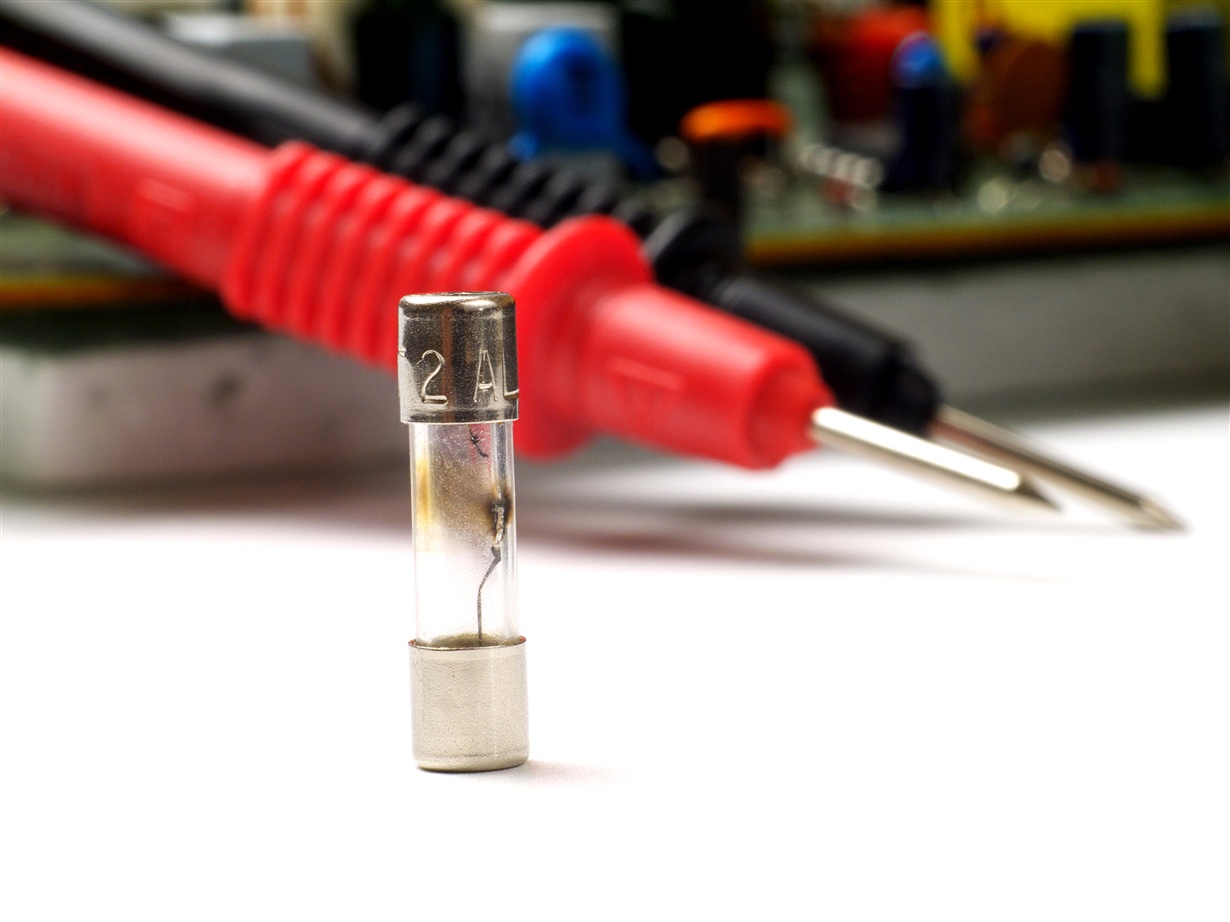SSZTA35 June 2017 TPS25921A , TPS25924 , TPS25940
This past weekend, one of my friends asked for my opinion on which brand of TV to buy. One of the first things that came to mind was my “gut feel” on which brand had the best reputation. We discussed that point for a while without really touching on the underlying factor: reliability. Unfortunately, different manufacturers have different quality standards, which cause certain brands to be more failure-prone than others, directly impacting their reputation.
Imagine that you bought a 4K ultra-high-definition TV, got home, painstakingly followed the directions to mount it and plug it in, attempted to turn it on and nothing happened. Fortunately, all is not lost, as your TV is covered by the manufacturer’s warranty. But first, you have to pack up your brand-new broken TV and lug it back to the big-box store. I’ll bet that after such a headache, you won’t be buying that brand of TV again.
The process is not enjoyable for the manufacturer either. Not only will they lose future business from every disgruntled customer, but they also have to spend time and money fixing each TV sent back through the return merchandise authorization (RMA) process. Troubleshooting which component caused the TV to fail, replacing the faulty component and logging the root cause of the failure takes a significant amount of time. Each failed component incurs a replacement cost and a labor cost when soldered back onto the board. This cost is compounded with the logistical overhead of stocking replacement parts and managing the inventory of RMA TVs shipped to and from stores and consumers.
 Figure 1 Debugging Electronic Circuits
to Find the Root Cause of Failures Can Take Significant Time (and Add Labor
Costs)
Figure 1 Debugging Electronic Circuits
to Find the Root Cause of Failures Can Take Significant Time (and Add Labor
Costs)One of most common components to fail in an electronic system is the input fuse, which in TVs is often a mechanical fuse (or “melting fuse”). Selected because of their low upfront cost, manufacturers often rely on mechanical fuses for system protection instead of other more expensive options. Unfortunately, mechanical fuses need to be physically replaced every time they melt, because they become damaged and nonoperational (as shown in Figure 2) when a fault occurs. Additionally, each fuse must be carefully stocked and tracked as they each offer current ratings and trip points.
 Figure 2 A Blown Fuse Not Only Incurs
Its Own Replacement Cost, But Also Could Be Responsible for Damaging Additional
Components During the Overload Event Which Also Need to Be Replaced
Figure 2 A Blown Fuse Not Only Incurs
Its Own Replacement Cost, But Also Could Be Responsible for Damaging Additional
Components During the Overload Event Which Also Need to Be ReplacedThe operating characteristics of a mechanical fuse are a stark contrast to that of an electronic fuse, otherwise known as an eFuse. You could describe semiconductor devices like TI’s TPS25921A, pictured in Figure 3, as “self-healing” – because when it “blows” it will automatically turn back on, and attempt to restart the circuit. An eFuse will detect an overload event, and protect downstream circuitry by limiting the current, clamping the output voltage, and if necessary disconnecting the power to the output of the eFuse. Each eFuse has an adjustable current limit set with an external resistor, which reduces the amount of unique part numbers (compared to mechanical fuses) that manufacturers need to stock, simplifying inventory management. Some eFuses can even protect against reverse current by adding an external blocking field-effect transistor (FET) (TPS25924) or by integrating back-to-back FETs (TPS25940). In short, an eFuse’s job is to ensure that the downstream circuitry is completely protected from any overcurrent or overvoltage transient events.
 Figure 3 To Protect a Circuit, You Can
Continue to Replace Blown Fuses or Choose to Upgrade Your Circuit Design with a
Single eFuse
Figure 3 To Protect a Circuit, You Can
Continue to Replace Blown Fuses or Choose to Upgrade Your Circuit Design with a
Single eFuseCompared to mechanical fuses, eFuses can more effectively prevent damage to downstream components. During the time that it takes for a mechanical fuse to heat up and “melt,” an eFuse has already protected the circuit. This time difference means that a system designed with an eFuse will not be damaged by a temporary overcurrent or overvoltage event, and will reset itself to normal operation once the fault has subsided. The same system designed with a (blown) mechanical fuse would need to be returned to the manufacturer for replacement.
In the context of my earlier TV example, using eFuses instead of mechanical fuses will mitigate the risk of product failures. If the TV you bought had been designed with an eFuse, it would have had a lower risk of failure. It’s likely that you could have simply turned on your new TV and enjoyed the next episode of your favorite show, while the manufacturer could have maintained their reputation.